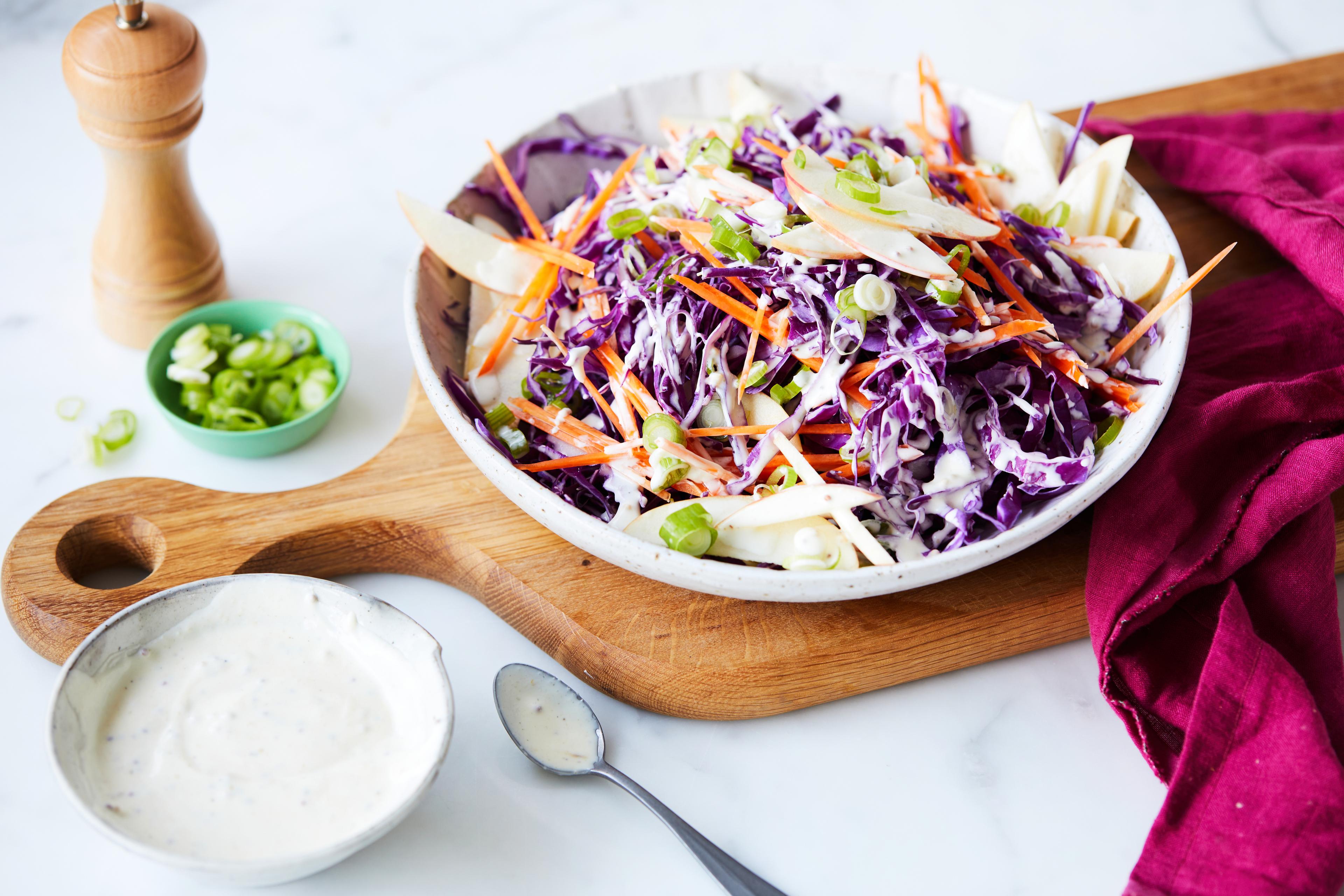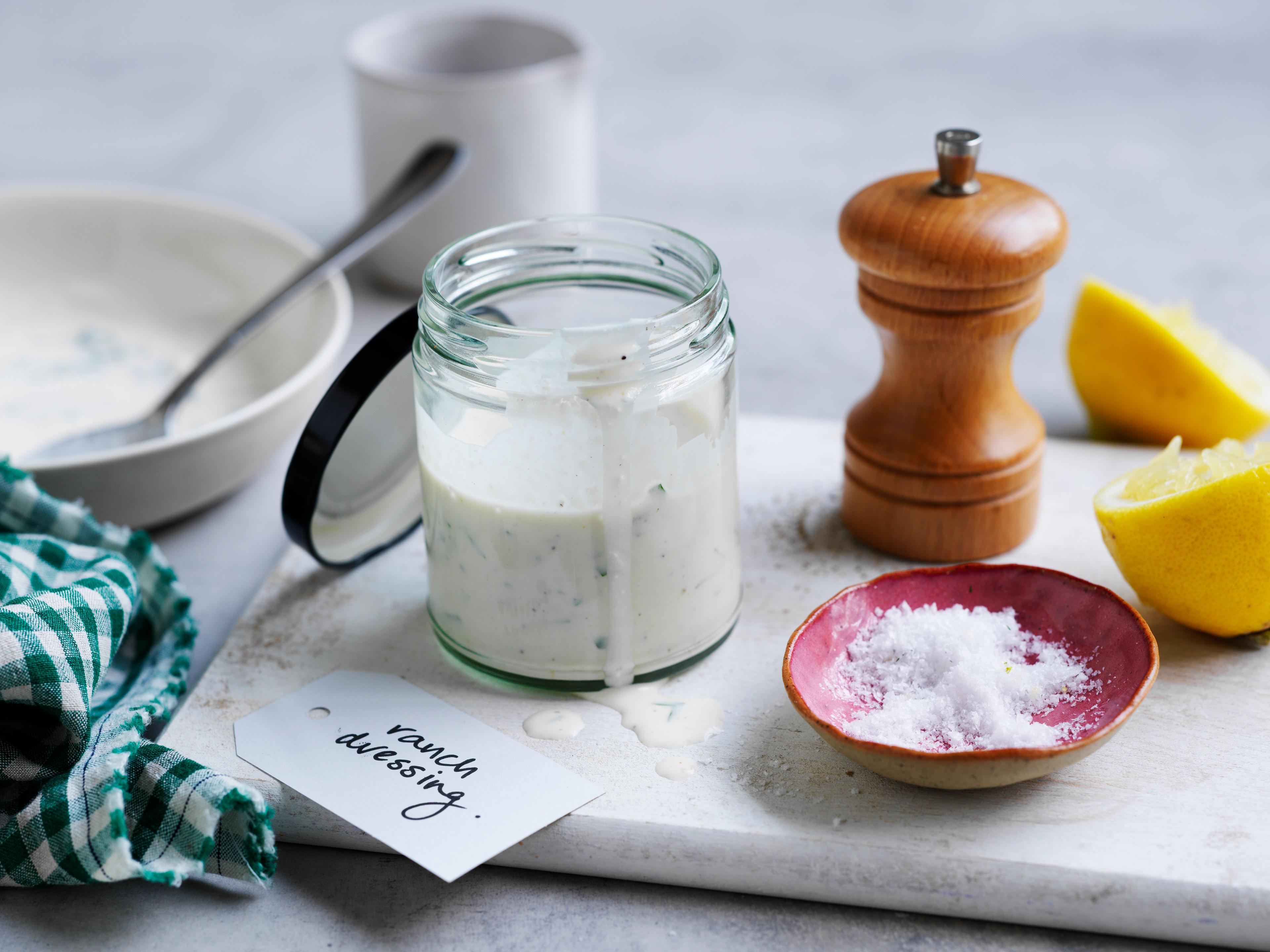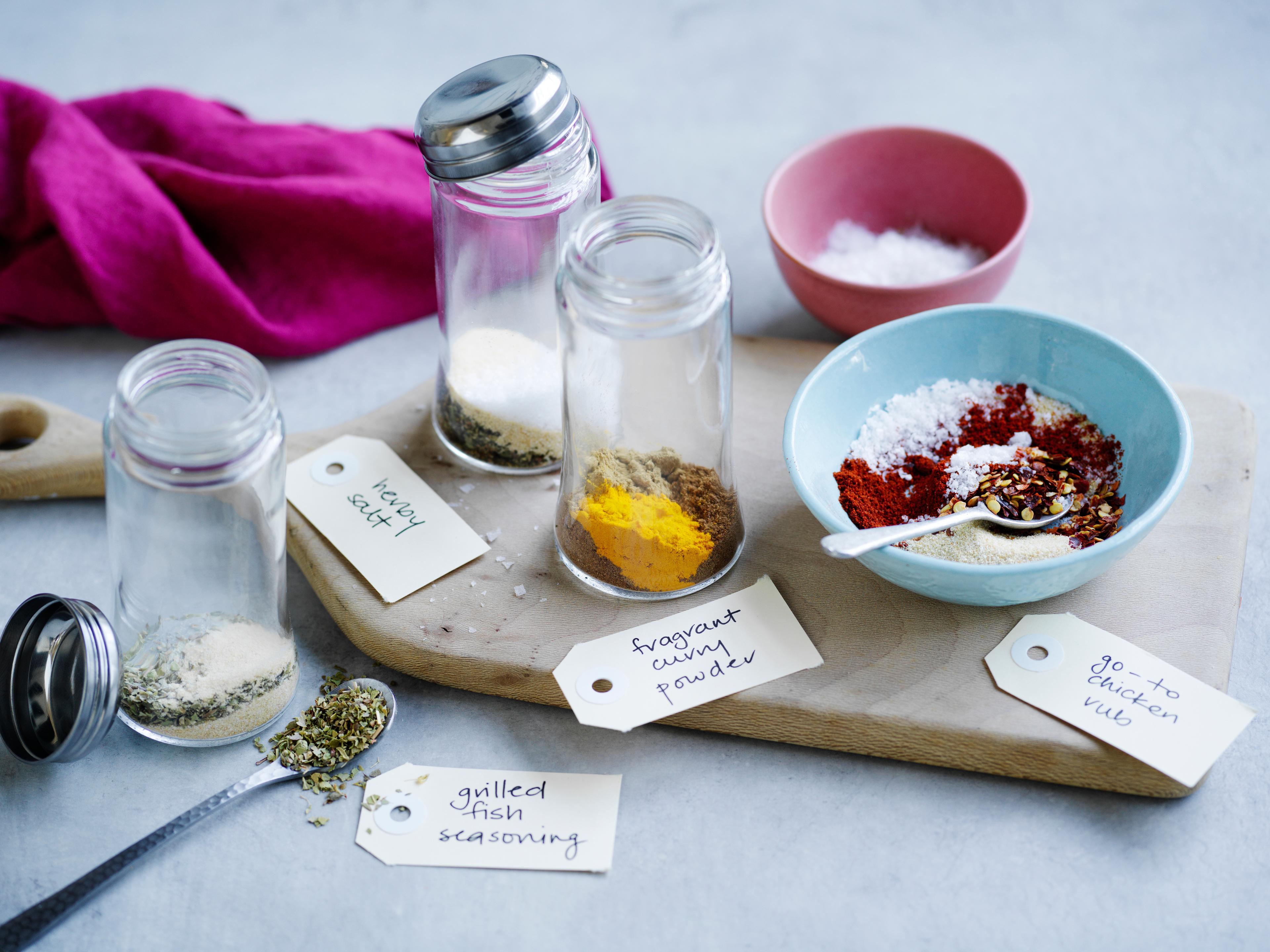
We all know food wastage is a gripping issue, but understanding why and finding small, everyday solutions is the first step to solving the problem.
We’ve all avoided eye-contact with that limp bunch of celery in our crisper, delaying the inevitable moment when we concede defeat and toss it in the bin. And most of us have felt pangs of remorse as our expensive farmers’ market produce goes uneaten, because while the romantic notion of making gratin from those sweet, new-season leeks seemed attainable in the moment, reality has a way of derailing of our cooking ambitions.
Food wastage happens, even to the most organised of us. And while we shouldn’t beat ourselves up about it, we should try to avoid it as much as possible. For us at QuiteLike, in the business of encouraging others to make and enjoy food, zero-waste cooking is both a topic and a goal close to our hearts.
That’s because food insecurity and the environmental impact of wasted food is a huge and very real problem. So strap in, we’re about to lay down some surprising truths. For instance, while there is enough food produced in the world to feed all of us, 793 million people don’t have enough to eat. In Australia, 1 in 6 of us experienced food insecurity in the last year and 1.2 million of those people were children.
Environmentally, the 7.6 million tonnes of food Australians waste each year (which incidentally costs our economy more than $35 billion per annum), rots away in landfill releasing methane and contributing to the global 10 per cent of greenhouse gases that come from wasted food. And here’s a not-so-fun fact for you, those emissions are far greater than those released from plastic production, flying, and oil extraction.
Wondering what happened to that head of lettuce that never fulfilled its destiny as cups for sang choy bao? Its tale of woe lasted for 25 agonising years as it slowly decomposed in landfill. Yes, it takes that long to return to the earth. Toss that nugget of truth out at your next dinner party and watch eyebrows raise in astonishment.
So with all that circulating front-of-mind, what can we do to help? First of all, don’t get disheartened, understanding the problem is the first step in finding a solution. That solution begins as simply as making good choices or, rather, better ones. Such as:
- Buy only what you need. Two-for-one offers may be tempting, but if you can’t realistically eat it before it expires, put it back.
- Plan ahead. Have an idea of what you’ll be cooking for the week and shop only for what you need to make those recipes. Or, better yet, choose your QuiteLike recipes and we’ll send you exactly what you need.
- Learn some use-it-up recipes. There are some excellent and simple dishes that beg for your leftovers, such as omelettes, soups, mince dishes, fried rice and casseroles. All of these are very forgiving of past-their-prime veggies.
- Riff on your QuiteLike recipes. If one of our meals suggests adding leftovers from your fridge, dig around in there and pop them in.
- Keep any extras. Ensuring we keep food waste to a minimum is of great importance to us at QuiteLike. However, sometimes balancing flavours in a recipe means you'll require less of a supplied ingredient. When this happens, keep the extras for another use and check out our favourite ideas for using up leftovers.
- Know how to stow. Correct food storage is one way to keep food fresh for longer, so make sure you follow packet instructions and know the difference between ‘best before’ and ‘use by’ dates. While the latter denotes an ingredient that may not be safe to consume beyond this point, ‘best before’ simply means the product has passed its peak freshness, but it’s still safe to consume.
Resource: https://www.ozharvest.org/food-waste-facts/

Q: Vegemite. An Australian icon, or an overrated thrush spread?
8% of Australians serve their eggs with vegemite. Fresh ingredients prepared in delicious ways. Our recipes are inspired by Australia, which means not only are they diverse and delicious, they use local ingredients shaped by the Australian seasons. With fresh food as your foundation, you can have fun in the kitchen and know a nutritious and wholesome meal is quaranteed.
8% of Australians serve their eggs with vegemite. Fresh ingredients prepared in delicious ways. Our recipes are inspired by Australia, which means not only are they diverse and delicious, they use local ingredients shaped by the Australian seasons. With fresh food as your foundation, you can have fun in the kitchen and know a nutritious and wholesome meal is quaranteed.



